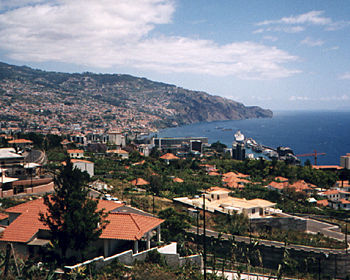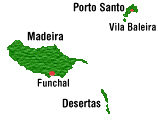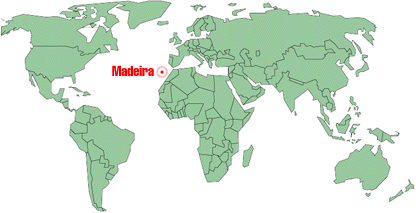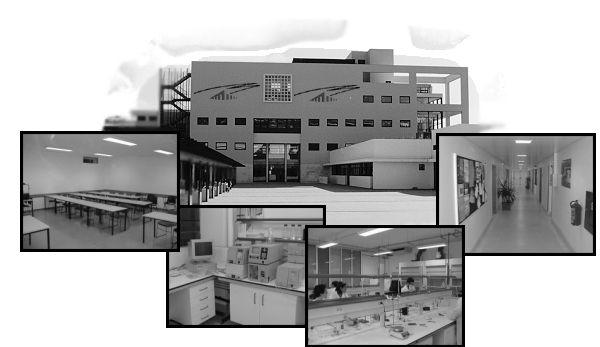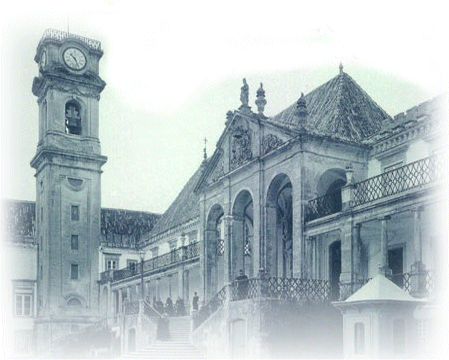|

The
island of Porto Santo was the first to be
discovered. This event took place in 1418 with
Madeira being discovered the following year.
The discovery of the Archipelago of Madeira
was not planned but happened during an
expedition to Guinea, in which the fleet was
overtaken by a storm, taking them to the
island of Porto Santo. The exploration of the
islands started immediately after their
discovery, initially by the command of D.
João I, the King of Portugal. Some years
later, the control and administration of the
islands was conceded to the captains who
issued local laws. During this period the
islands developed their self sufficiency
through the development of natural resources.
The discoverers and their families, the first
settlers, soon found other groups to join
them. The island of Madeira developed more
quickly than Porto Santo, mainly because of
its rich vegetation, the abundance of water
for irrigation and its inaccessibility, which
afforded protection from invasion by pirates. In
1508, D. Manuel I, King of Portugal, by Royal
Decree, elevated Funchal to the status of
"City". At this time, Funchal
was considered one of the most important
cities in the Portuguese Kingdom, and also the
first city built by Europeans, outside Europe.
The number of inhabitants on the Archipelago
of Madeira increased rapidly through the
centuries. In 1580, there were 21,800
inhabitants and in 1891 a census revealed an
increase to 132,223 inhabitants. With the
increase in population, the region was also
given autonomy from the mainland government.
In 1766, the Marquis of Pombal, Prime Minister
of the Portuguese Kingdom, granted Madeira the
authority to mint her own money and in 1901 it
was granted administrative autonomy to the
District of Funchal. However it was only after
the Revolution of 1974 that the Archipelago of
Madeira reached full autonomy (both economic
and political) to become the Madeira
Autonomous Region (Região Autónoma da
Madeira).

Madeira's
Flag
|
